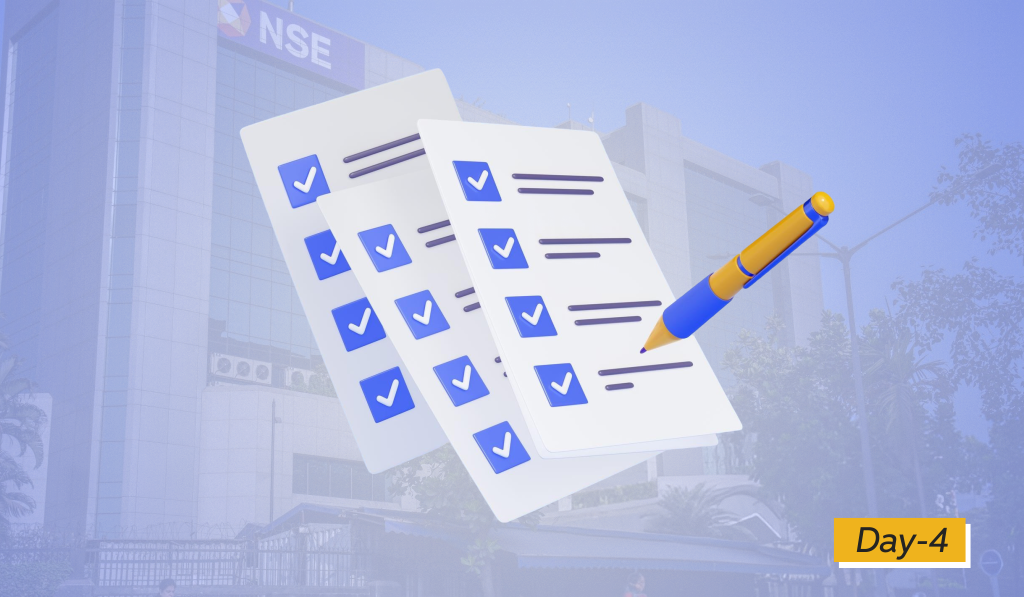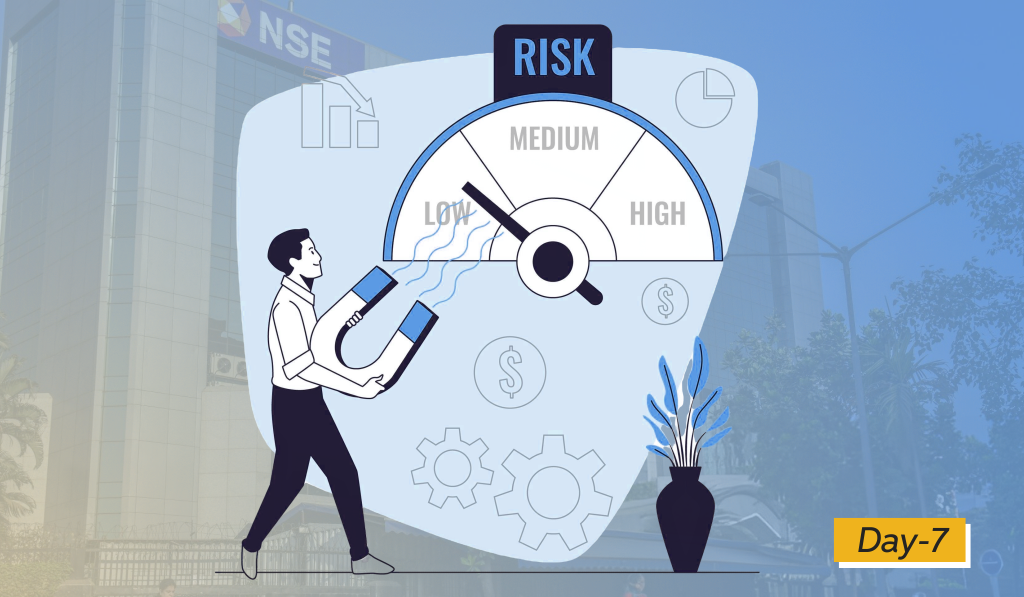Planning is crucial in trading because it provides a structured approach to navigating the unpredictable and fast-paced nature of financial markets. It is importance of approaching every trade with a risk-first mentality. This section stresses that while risk cannot be entirely eliminated, it can be minimized and controlled through careful planning and discipline.
Acknowledging risk before entering the trade
Acknowledging the potential for self-destruction in trading is paramount. Just as a driver must be aware of the dangers of the road, a trader needs to recognize their own capacity for making mistakes that could lead to financial losses. This awareness is essential for developing a healthy respect for risk.
Choosing Stability over Volatility
I think of trading like horseback riding. Riding a wild, bucking horse might seem exciting at first, but it’s risky—I could easily get thrown off and hurt. I’d much rather ride a calm, steady horse that gives me a smooth and predictable experience. In the same way, when I trade, I prefer stocks with stable price movements. They may not be as thrilling, but they’re far less likely to cause big, sudden losses. Stability keeps me in control and helps me stay on track.
The Danger Point and Low-Risk Entries
The “danger point” is the price level where a trade starts showing signs it might go wrong. Entering a trade near this point is smart because it allows you to set a stop-loss close to your entry price, keeping potential losses small. This strategy focuses on finding low-risk entry points by studying how the stock is behaving, rather than relying on guesses or hopes.
Result-Based Assumption (RBA)
Result-Based Assumption (RBA) is a method for setting risk levels in trading by focusing on real results from your past trades instead of relying on guesses or what you wish would happen. The idea is to analyze your trading history to understand your average gains and losses. This gives you a clear and realistic picture of your performance.
For example, if your past trades show that your average loss is $100 and your average gain is $300, you can use this information to make better decisions about how much risk to take on in future trades. Instead of basing your strategy on theoretical ideas or unrealistic goals, RBA helps you work with what’s actually happening in your trading.
This approach encourages more practical and reliable risk management, making it easier to avoid overestimating potential profits or underestimating possible losses. By using RBA, traders can build strategies that align with their real performance, leading to more consistent and effective trading decisions.
Staggering Stops
Staggering stops is a way to manage risk by splitting your trade into smaller parts and setting different stop-loss levels for each part. This gives you more flexibility and helps minimize losses while allowing part of the trade room to fluctuate.
Example:
Imagine you buy 300 shares of a stock at $100 each. Instead of setting one stop-loss for all 300 shares, you divide them into three parts:
- For the first 100 shares, you set a tight stop-loss at $98 to protect part of your capital if the price starts to drop.
- For the second 100 shares, you set a stop-loss at $95, giving this part of the trade a bit more room to move.
- For the last 100 shares, you set a stop-loss at $92, allowing even more flexibility in case the stock temporarily dips before climbing higher.
With this setup, you reduce the risk of exiting the entire trade too early while still protecting some of your investment. If the stock’s price moves in your favor, you can adjust or remove the stop-losses for the remaining shares to maximize profits.










